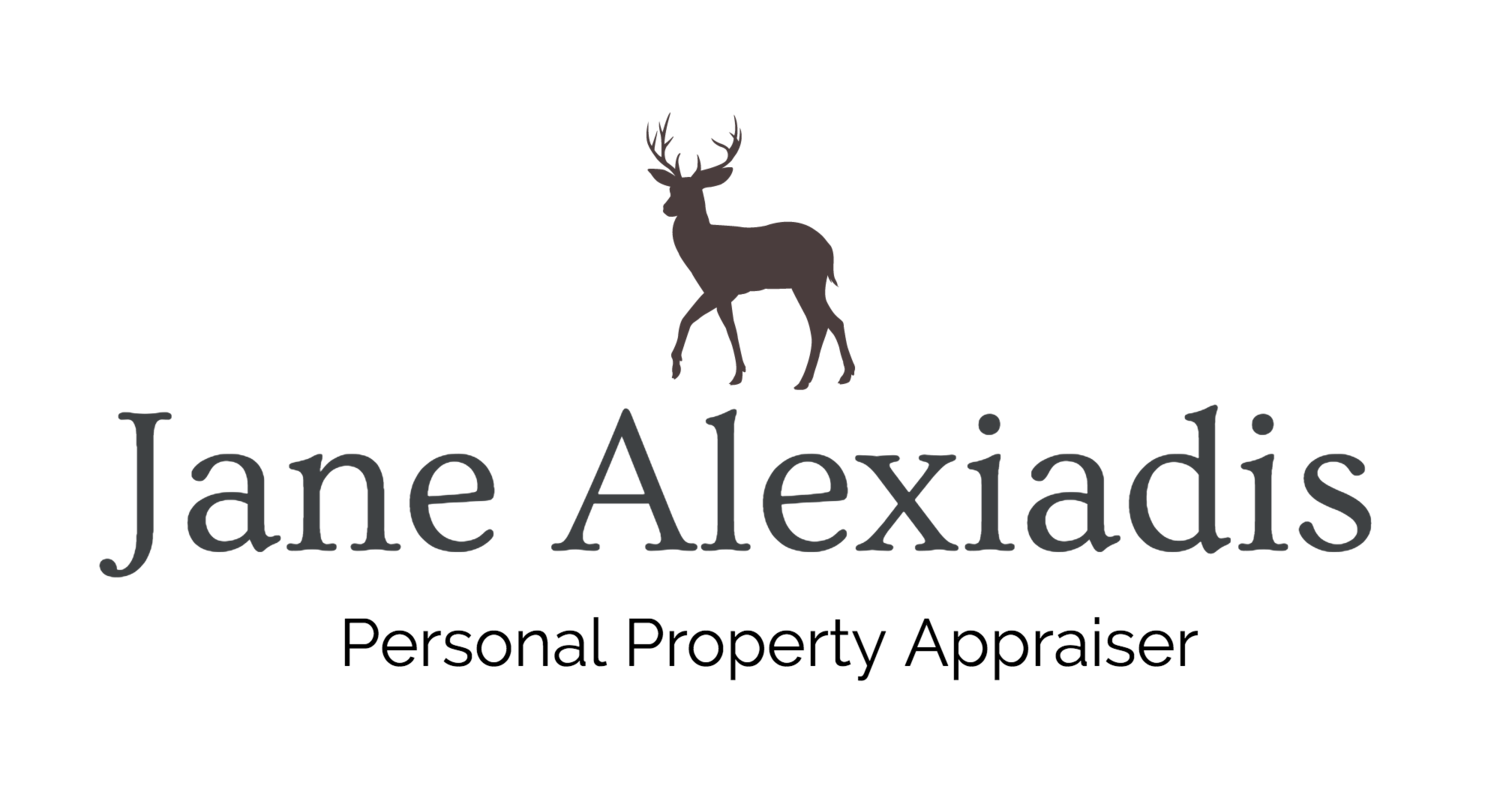Can you identify the artist who painted this picture? It’s 28 by 38 inches without the frame. The central figure is a half nude woman with a drape around her hips. In the background is a scene of other women lounging around. It is signed Anso
The 19th and early 20th centuries, saw a rise in fascination with the history, literature, religions, geography and art of the near and far east. Artists and writers embraced the mystique of Middle Eastern, Arabian and, Egyptian cultures. Archaeology further enhanced the allure of the east, classical literature and the Bible.
Harem Dancer painting with decidedly 20th century features
Heinrich Schliemann (1822-1890) earned enough wealth in the California gold fields to retire at 36 and pursue his dreams of locating the sites mentioned in Homer’s Iliad and Odyssey. Schliemann was particularly fascinated with the city of Troy and, in 1873 while excavating in what is now Turkey, he located a stash of gold and jewelry including the “Jewels of Helen”. Publications about his findings, and later disputes with Turkish government and his alleged theft of the jewels kept interest in archaeology robust.
In dance, choreographer Mikhail Fokine’s 1910 ballet Sheherazade, told the story of illicit love, death and sex in an Arabian harem. In film, Rudolph Valentino’s iconic performance was in 1921’s “The Sheik”. In world news, the Greco Turkish war of 1914-1922 kept ideas of near and Middle Eastern culture in the news.
In 1922, English academic and archaeologist Howard Carter discovered the tomb of King Tutankhamun. This further inflamed westerner’s infatuation with all things Egyptian and exotic. Visit any of the Bay Area’s Art Deco movie theaters to scenes of this phenomenon.
Painters, too, latched onto this enchantment with the exotic. As early as 1893, French painters formed The Society of Orientalist Painters; in Britain, artists captured a perceived ideal of the Empire’s superiority by portraying scenes of he boorish harems, slave markets and baths. Scholars dismissed the trend as simplistic, accusing painters of using eastern exoticism to condone scenes of nudity, subservience and sex.
I believe the artist is of your work is Austrian painter Eugen Anton-Hofmann who lived from 1862 to 1955. Although I can find no documentation that he ever traveled far from his native Vienna, his best-known works are of female nudes in what he perceived to be slave markets, abductions or harems.
This painting, "The Abduction" by Eugen Ansen-Hofmann, sold at Sotheby's in London for $28,000 in 2007
Your painting depicts a nude woman with decidedly the 1920s or 30s western features of a bow mouth and shingled bobbed hair. This points to the approximate year the work was done. The golden amphora to her right, the diaphanous veil around her hips and the sketches of other nudes in the background all point to this painting as portraying a western artist’s notion of an unfamiliar yet tantalizing scene. The sketchiness of the incomplete background leads me to think that this painting may be a study for a more complex scene involving other characters.
It’s a lovely and alluring painting. At auction I believe it would sell in the $3000-5000 range.

